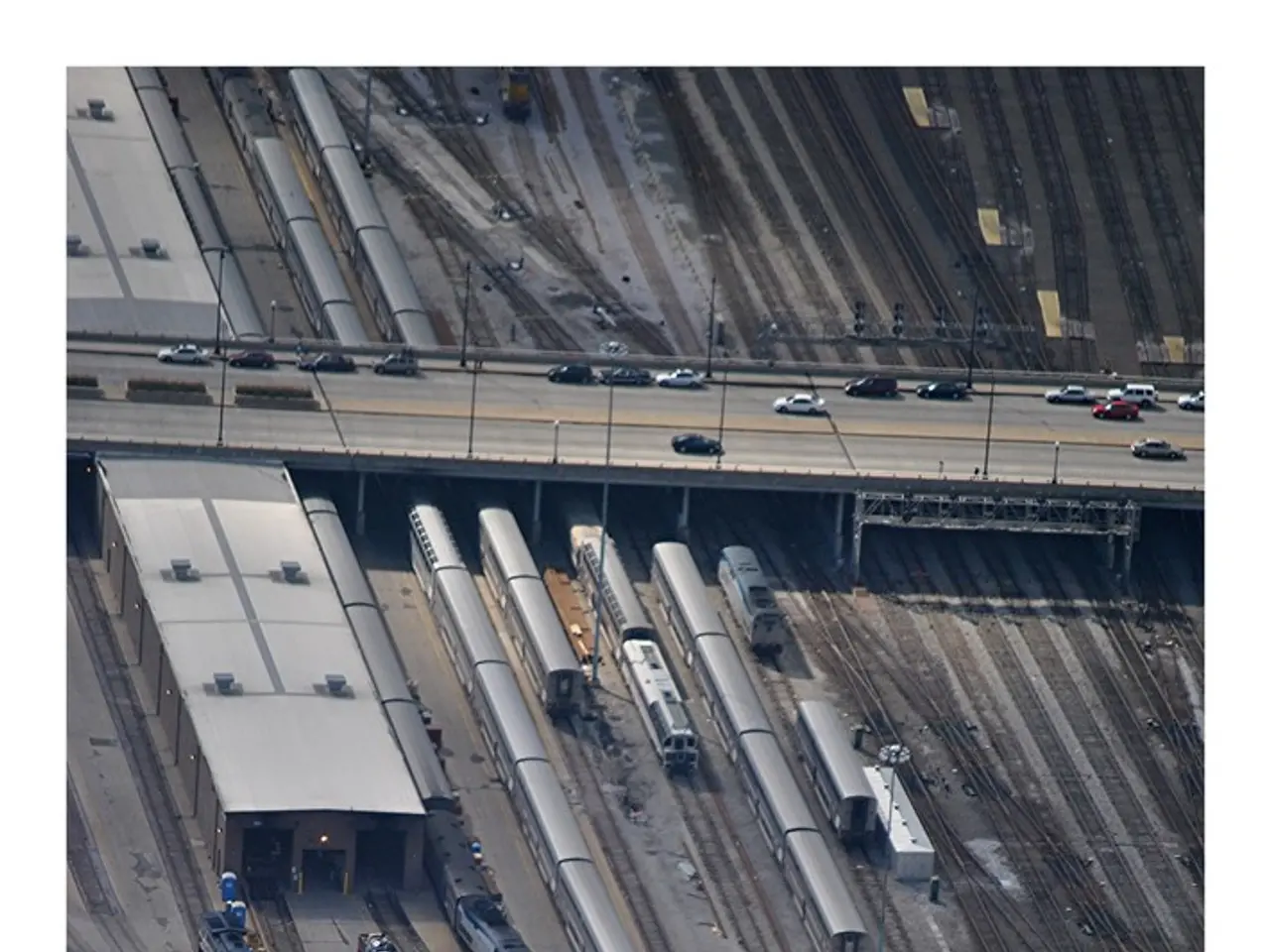Rain predicted for Wednesday in Ukraine, followed by heat in August
Weather Forecast for Ukraine: July 30 to August 1
Ukraine is set to experience a variety of weather conditions over the next few days, with significant changes expected across different regions.
On July 30, most of Ukraine, including Kyiv and Chernihiv, will see a drop in temperature and rain showers throughout the day. Kyiv is forecasted to have cloudy weather with temperatures around +21 to +23°C and thunderstorms continuing all day. Chernihiv, located in the north, will also be within the area experiencing precipitation due to atmospheric fronts causing a cold snap. Western regions, on the other hand, will have scattered light rain, while the east and southeast remain hot and dry, with temperatures reaching up to +35°C.
As we move into July 31, rain and thunderstorms are expected to decrease but may still occur locally in the north, east, and Zakarpattia regions. Kyiv is expected to have cloudy weather with light rain and temperatures around +23°C during the day and +16°C at night. The southern part, including Odesa and Mykolaiv, will be mostly dry with only possible thunderstorms on the night of July 30.
August 1 is expected to be relatively dry and warm, with above-average temperatures especially in central, southern, and eastern areas. Daytime highs frequently reaching +30°C or more are predicted according to the overall August forecast. However, specific detailed data for this day is less available.
It's important to note that the overall August is expected to be abnormally warm and dry, with temperatures frequently exceeding +30°C and limited rainfall. This may increase drought risk and stress crops.
Winds will continue to be northwesterly on the right bank and southeasterly on the left bank in Ukraine on July 31 and August 1, with speeds ranging from 7 to 12 m/s. Hail and gusts up to 15 to 20 m/s are not expected on these days.
On July 30, Kyiv, Chernihiv, Cherkasy, and Kirovohrad regions in Ukraine, along with western regions, will experience rain and thunderstorms. Significant rain is expected in these regions, and northern and eastern regions may also experience brief showers. No significant rain is predicted for the northeast and east on August 1.
Nighttime temperatures in Kyiv on July 30 will be 17 to 19°C. In western, Zhytomyr, Kyiv, Chernihiv, Vinnytsia, and Cherkasy regions, nighttime temperatures on July 30 will range from 14 to 19°C, and daytime temperatures will range from 20 to 25°C. Elsewhere in Ukraine, nighttime temperatures on July 30 will range from 18 to 23°C, and daytime temperatures will range from 26 to 32°C.
Extreme heat of 35 to 38°C is not expected on July 31 or August 1. Instead, nighttime temperatures on these days will range from 14 to 23°C, and daytime temperatures will range from 20 to 32°C.
[1] Weather forecast for July 30, 2025, provided by the Ukrainian Hydrometeorological Centre. [2] August 2025 weather forecast, provided by the Ukrainian Hydrometeorological Centre. [3] Weather forecast for July 31, 2025, provided by the Ukrainian Hydrometeorological Centre. [4] Weather forecast for August 1, 2025, provided by the Ukrainian Hydrometeorological Centre.
1 The weather forecast for July 30, 2025, provided by the Ukrainian Hydrometeorological Centre, predicts rain and thunderstorms in Kyiv, Chernihiv, Cherkasy, and Kirovohrad regions, as well as western regions, with significant rain expected in these areas.
2 According to the August 2025 weather forecast, weather-forecasting indicates that weather conditions across Ukraine may significantly fluctuate, with temperatures expected to be above average and limited rainfall, placing increased drought risk and stress on crops.








